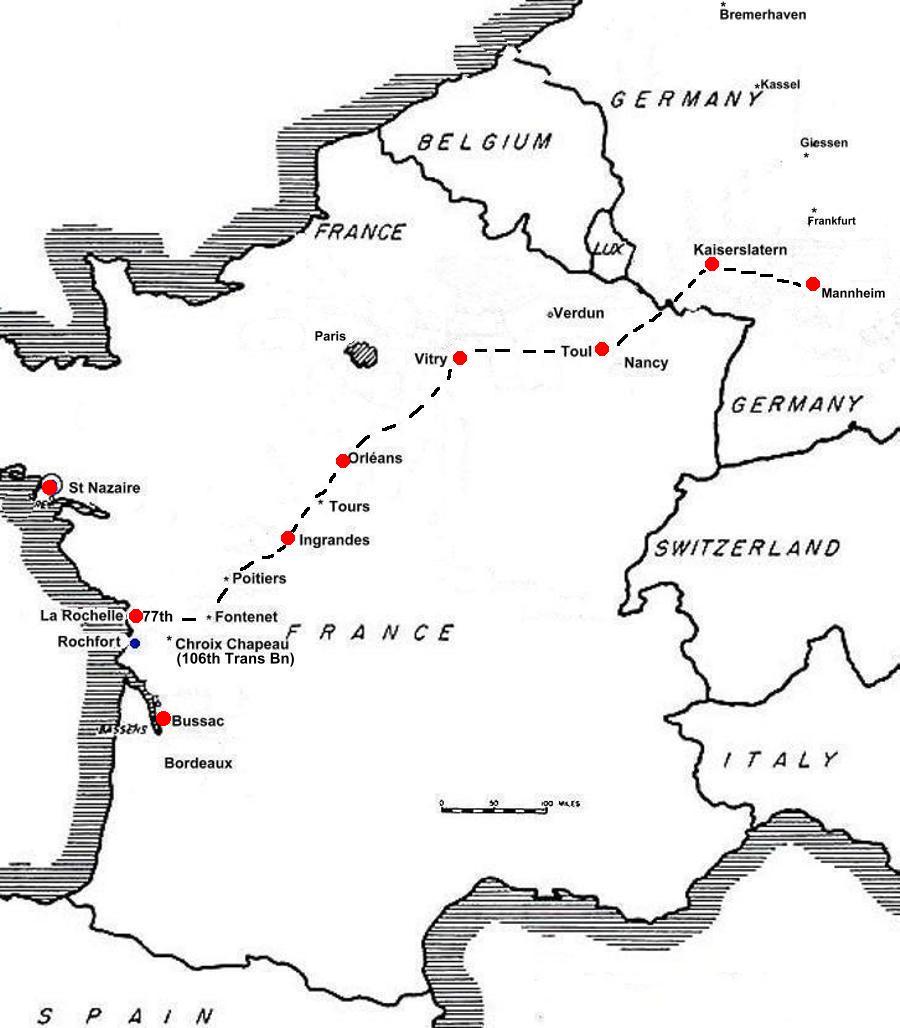

I remember road testing one after I was only in La Rochelle a couple of weeks. It had the larger west coast style mirrors on it, and I made a wrong turn onto a narrow road. There was a couple of cars behind me, so I could not back up. I proceeded a little farther, and found the mirrors on each side just about touching the buildings. I had to pull the mirrors in to get enough room to drive through the street. A local guy saw the predicament I was in, and walked ahead of me to make sure nobody opened there front door till I got to a spot that I could get back on to a wider road. After that, I did all of my Road Testing in the Lapallice Pier area.
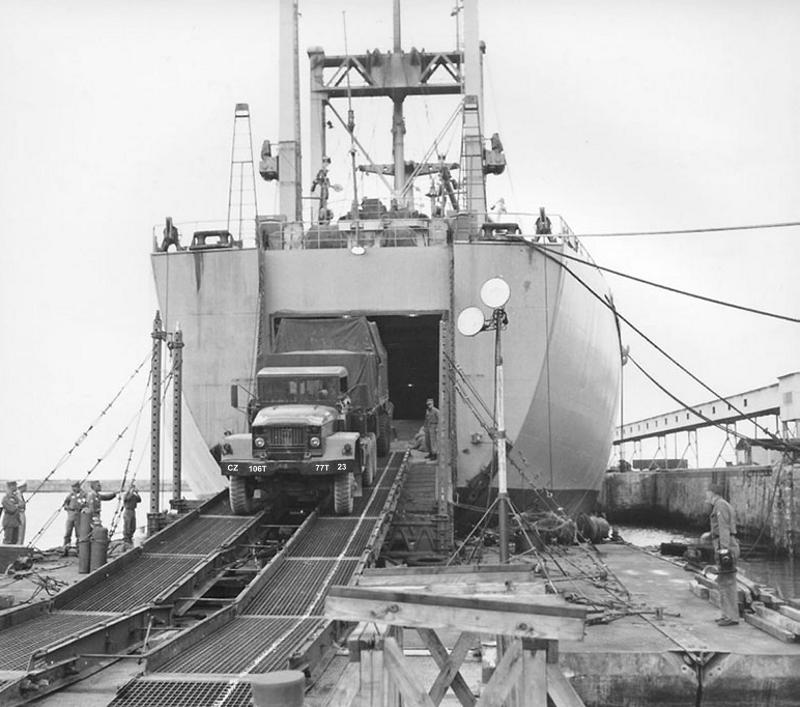
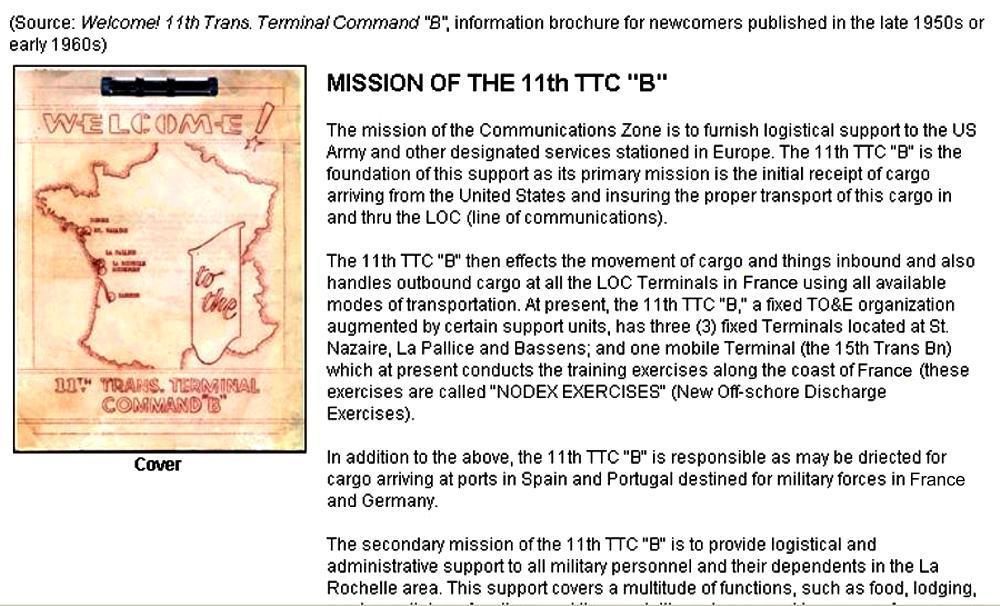
La Pallice became a major NATO harbor from 1952-1966.
From the end of World War II until 1950 all supplies for American forces entered Europe through Bremerhaven, Germany. This excellent port, situated on the North Sea, was quite adequate for the supply of an army in peacetime.
But the Berlin situation and the sudden aggression against Korea pointed out the potential vulnerability of Bremerhaven and the pressing need for an alternate and larger supply route.
On November 6, 1950, the French and American governments reached agreement under terms of which the United States was to organize, staff, and maintain a line of communications across France, thereby obviating the glaring vulnerability in the position of the western nations.
Five days later some 1,000 American technical service troops moved into France with 300 trucks, trailers and equipment. By mid-November, the first ships were being unloaded at Bordeaux and the new supply line was a going concern.
From that first small contingent, ComZ has grown into the vast network of planners, builders and operators it is today.
Battle commanders of World Wars I and II would never recognize the modern ComZ. It is a startling contrast to the infant supply organization begun 43 years ago by General John J. Pershing at Tours and nurtured by the Allied Armies under the command of General Dwight D. Eisenhower during World War II.
These initial efforts of the Service of Supply, dating back to 1917, result today in ComZ; a command geared to the highly modernized rapid supply of combat-ready troops, and the storage and delivery of a diverse range of equipment. The advent of new weapons, materials, and military concepts has brought about increased complexity, responsibility and stature to the Communcations Zone.
In contrast to earlier years, the supply of combat forces is now revamped to a point rivaling the efficiency and speed of any great American corporation. This operational magnitude and efficiency has been achieved by the hard work of ComZ personnel. The effective adaptation of electronic machines and devices has been introduced. New supply methods and techniques are constantly under development.
With new machines and new ideas have come specialized troops and units to handle unique phases of this vast supply operation.
Future military history will refer to units such as the Army Aerial Support Center at St. Andre, the Petroleum Distribution Command at Fontainebleau, and the Army Procurement Center at Frankfurt, Germany. All were pioneered by ComZ in the interest of faster, more efficient supply of combat forces.
Today, within minutes after an order is filed in Germany, it is recorded on a punch-card at the appropriate supply control agency in France, ready for processing by high-speed computers. These machines automatically indicate the location of supplies, prepare the necessary shipping documents, and perform all other bookkeeping details which formerly took considerable time to accomplish by hand.
Heart of the entire system is the 37th Transportation Highway Transport Command, peacetime heir to the famed "Red Ball Express" of World War II, whose round-the-clock supply of the advancing Allied armies blazed the trail in fast military supply operations.
Economy, Flexibility
The frazzled nerves and helter-skelter of the Red Ball have been replaced by a smooth, businesslike operation featuring much greater economies in fuel, manpower and truckpower, and which provide flexibility for unhampered conversion to full wartime footing.
The 37th THTC pioneered the "line haul relay system" in which a series of locally based trucks and truckers take turns pulling the same loaded trailer through separate legs of a longer haul, over roads where the Red Ball once made long cross-country dashes without changing rigs or drivers.
Thanks to the relay system, these truckers drive fewer miles per dispatch and are therefore, less susceptible to accidents as they become more familiar with roads and driving conditions encountered daily. The smaller operating radius also permits more thorough maintenance and better logistical support for units and personnel.
Perhaps an even more significant advantage of the line haul relay system is the greatly increased mobility given the entire supply line in this age of speed. Because of the compactness and constant state of combat readiness of the 37th THTC complete units and terminals can be moved in a few hours in event of war to keep the ground supply line intact.
La Rochelle's port at La Pallice was first used in a test in Aug 1952, in Operation "Over the Beach". It was to test the off loading of ships using Army Port operations, and to establish a port for a pending overland supply routes from western France, to Germany.
This is a list of units involved in this operation.
15th Trans Port Bn 55th Trans Truck Co (Petro) 78th Trans Truck Co 97th Trans Port Co 98th Trans Port Co 185th Trans Port Co 458th Trans Amph Truck Co 460th Trans Amph Truck Co 550th Trans Stagging Area Co 81st Engr Boat Co 89th Engr Port Const Co 687th Engr Water Supply Co 514th Ord Med Auto Maint Co 591st Medical Ambulance Co 759th Medical Detachment 529th MP Co 513th QM Bath Co
Tents were set up near the beach area for the units that were from outside the area. There were several other tents set up for the operations of the off loading, sorting, and shipping out cargo. Any repairs needed on the equipment was done at the newly established maintenance shop at Laleu.
The cargo was trucked to the area where the train cars were, and loaded there for transit to other areas in France, and on to Germany.
At a latter date, more units were moved to La Pallice to establish permanent facilities, and to also use over the road transportation of the cargo by Army Truck Units.
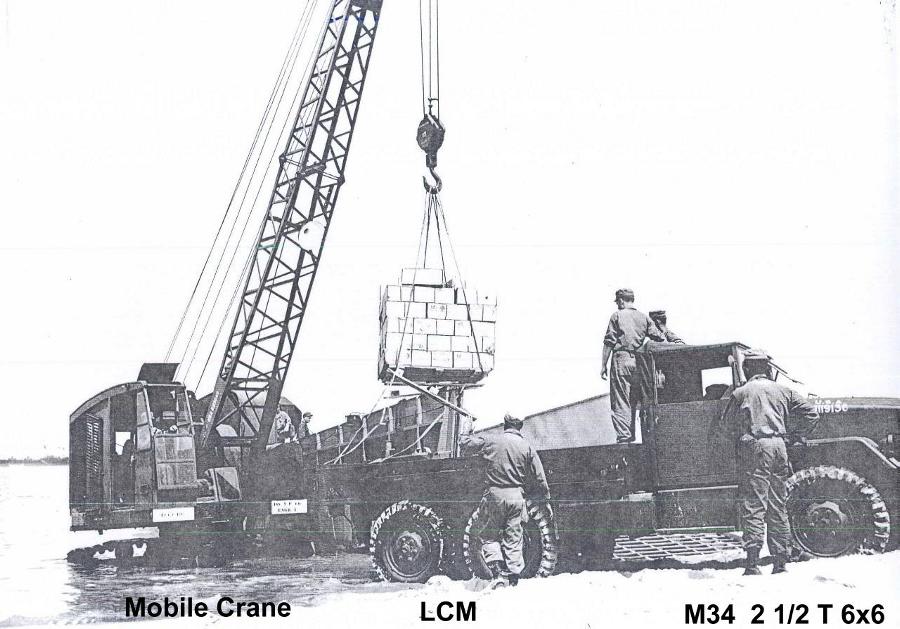



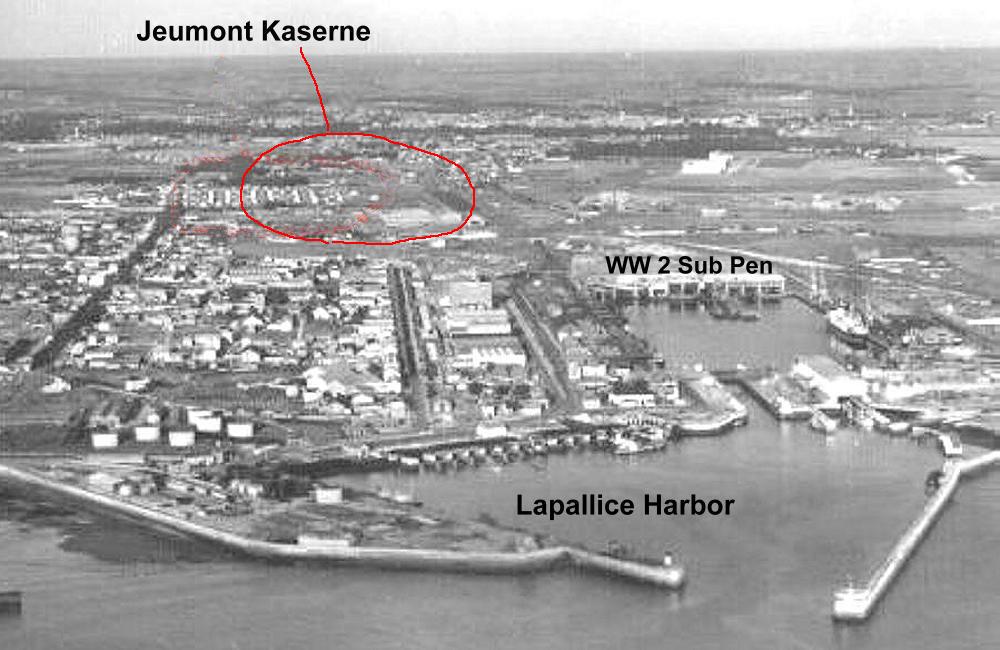


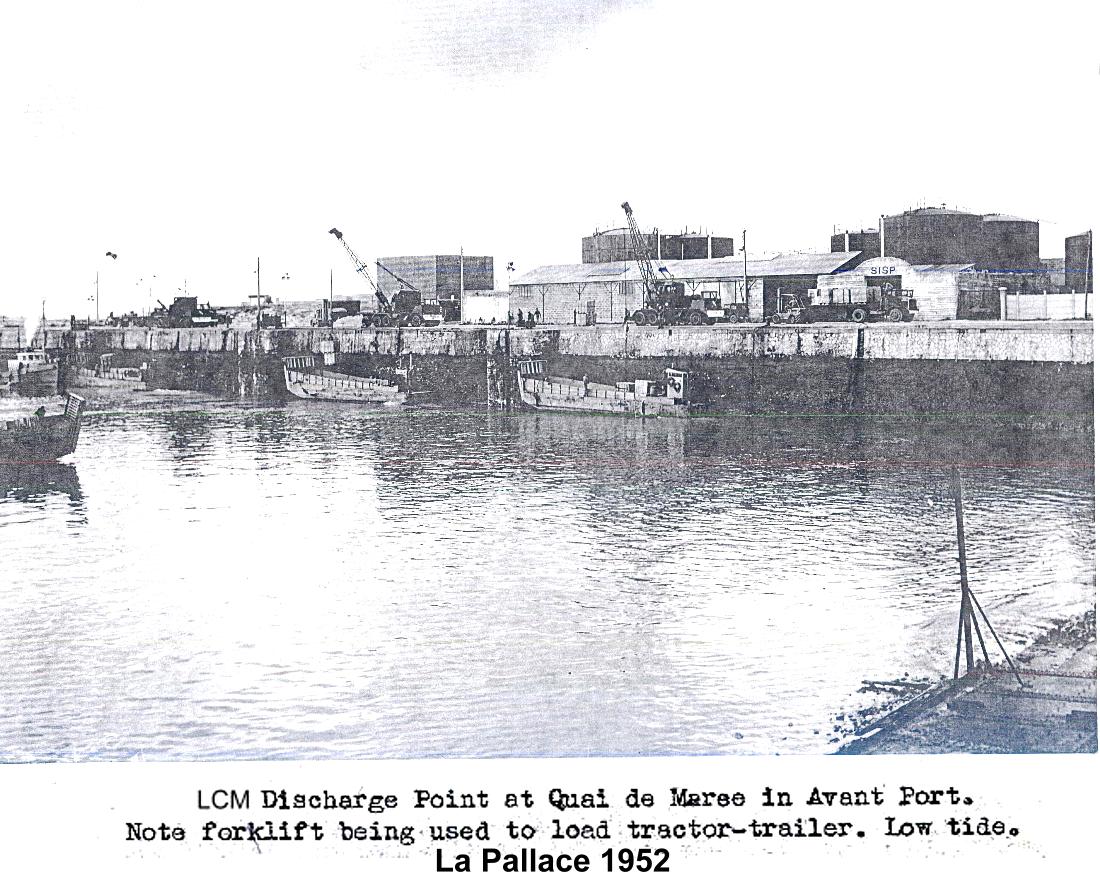
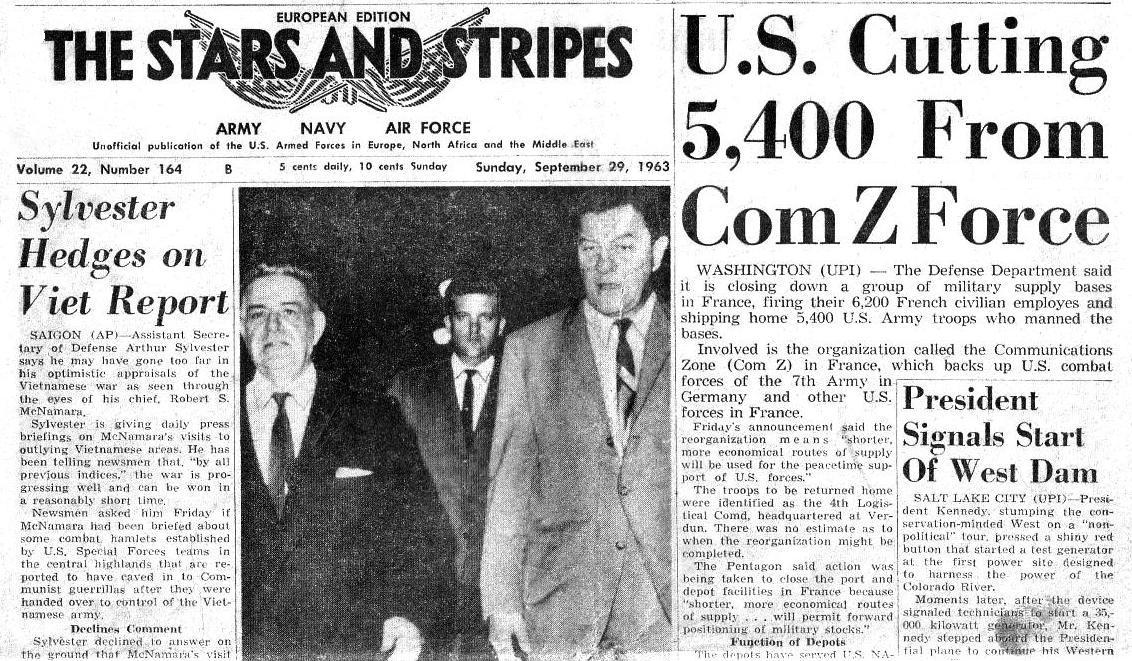
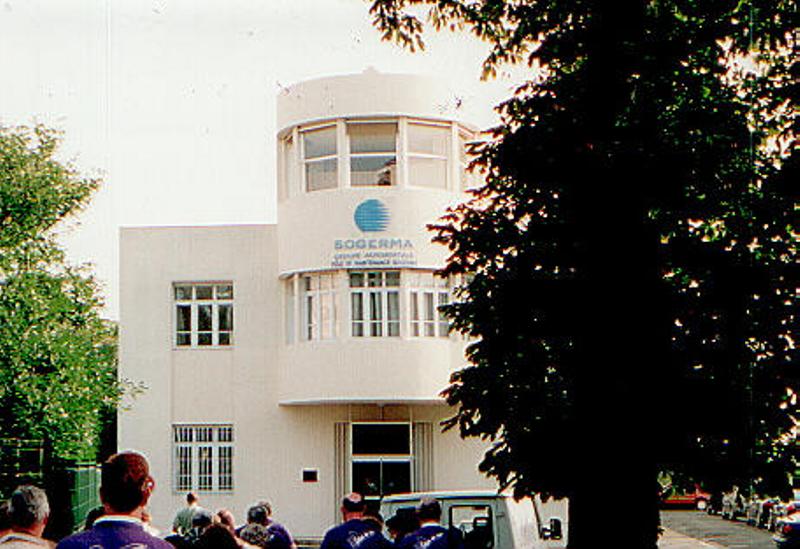
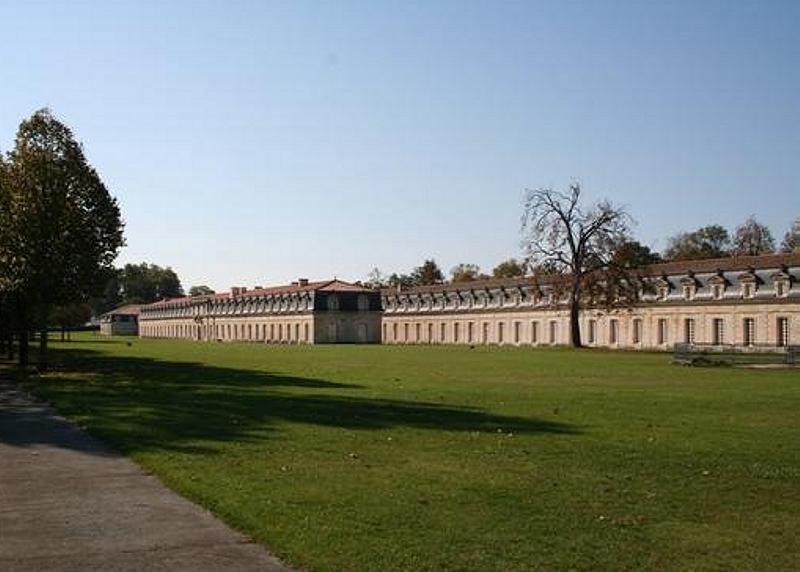
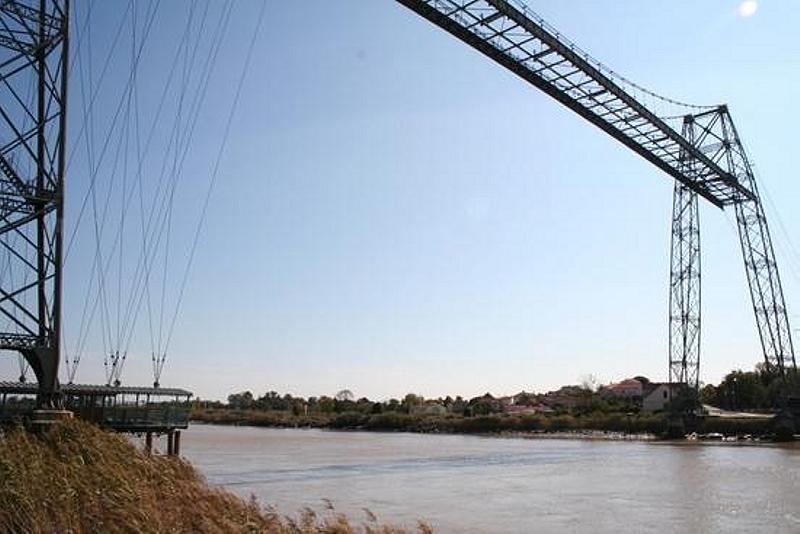
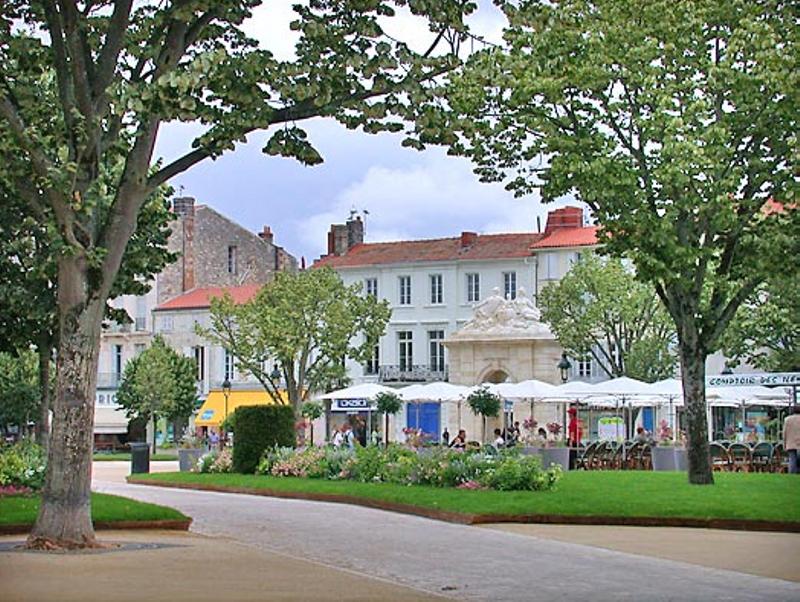
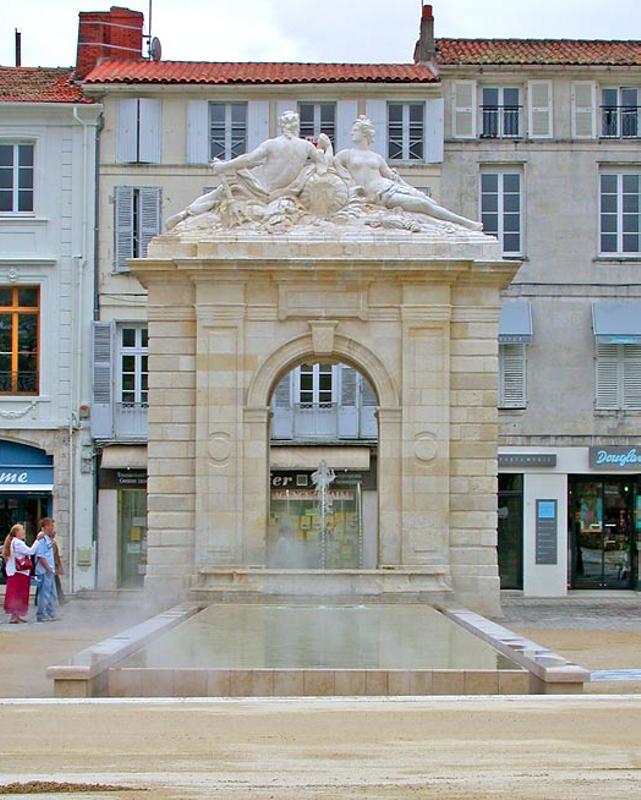
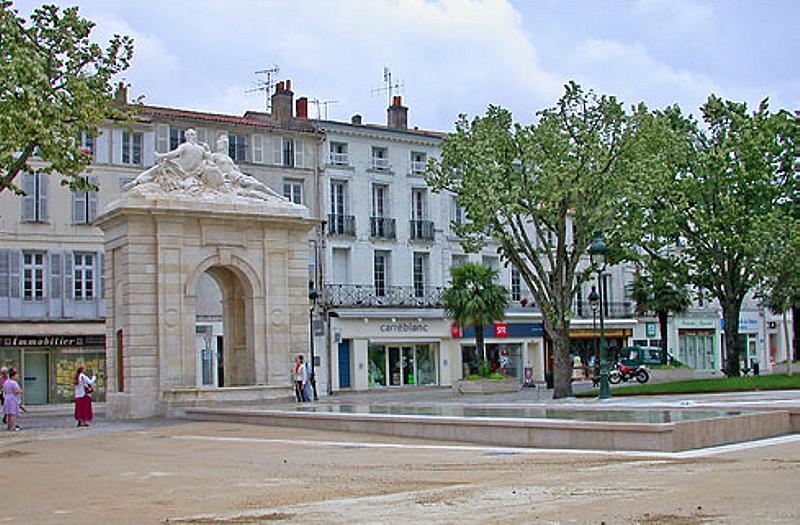
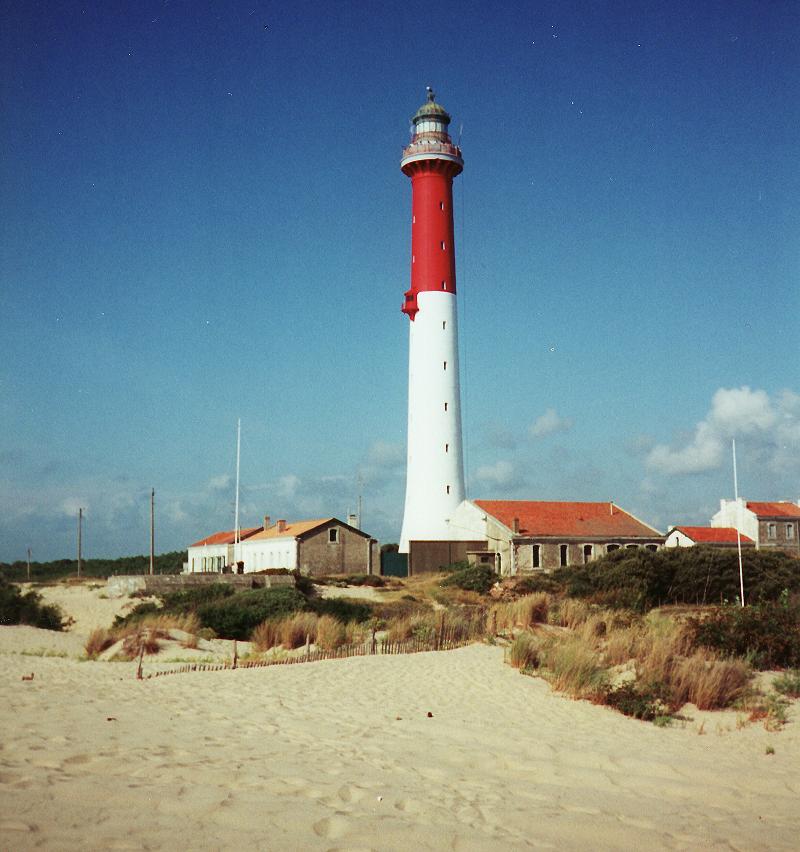

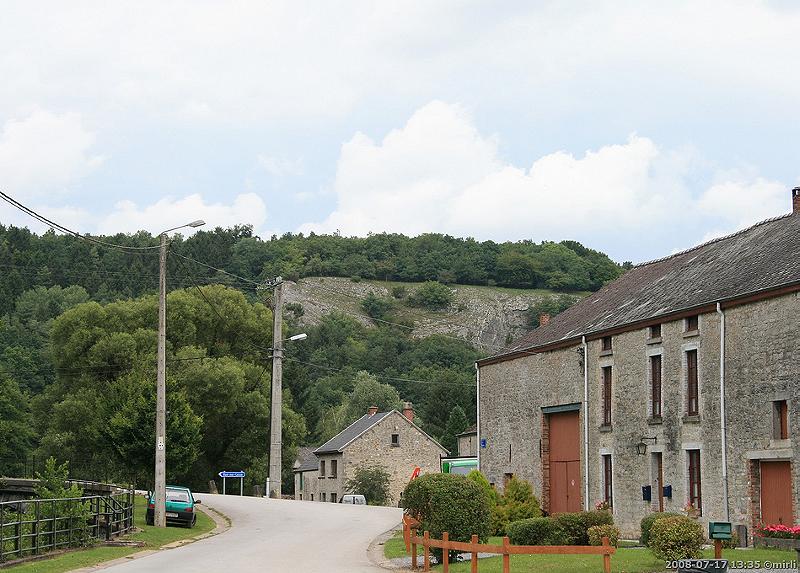
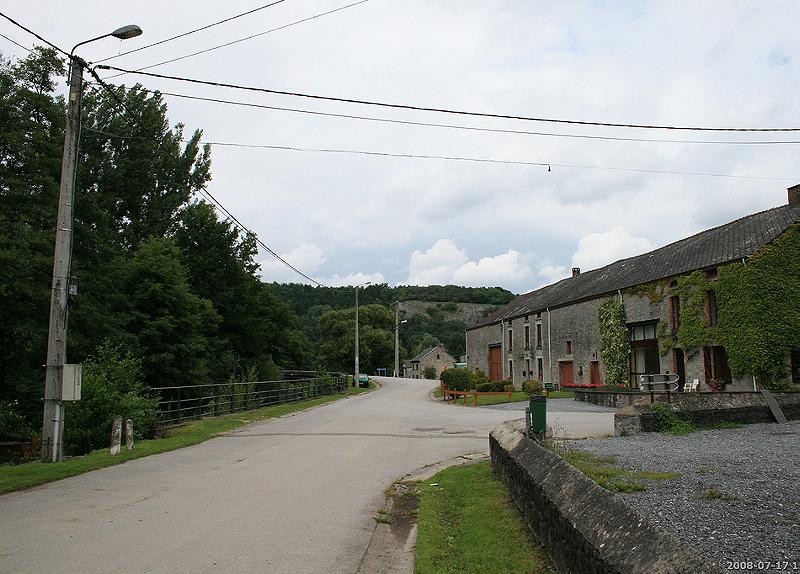

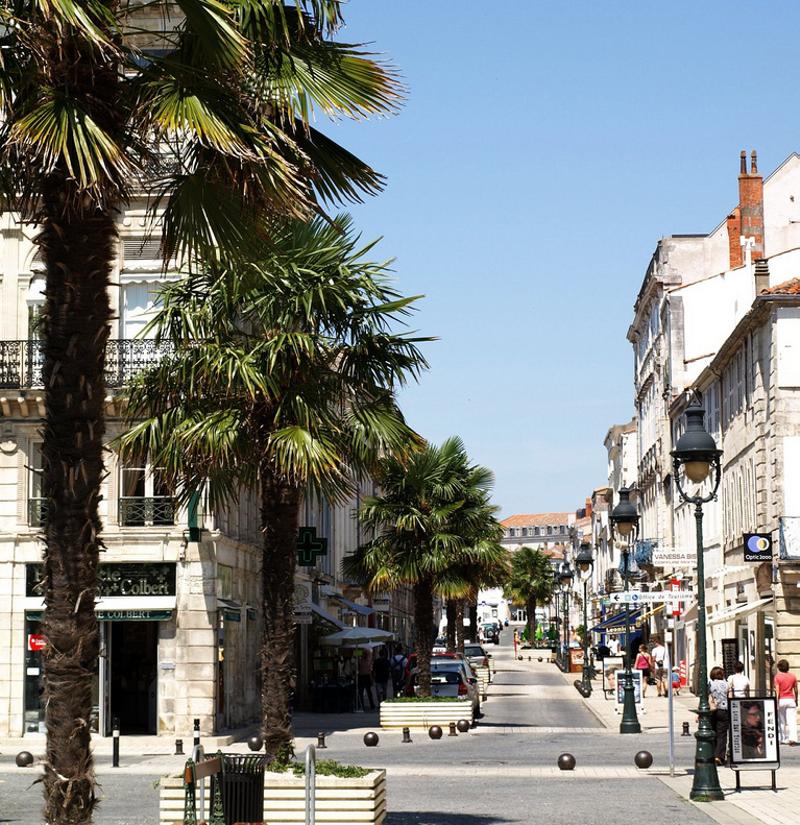
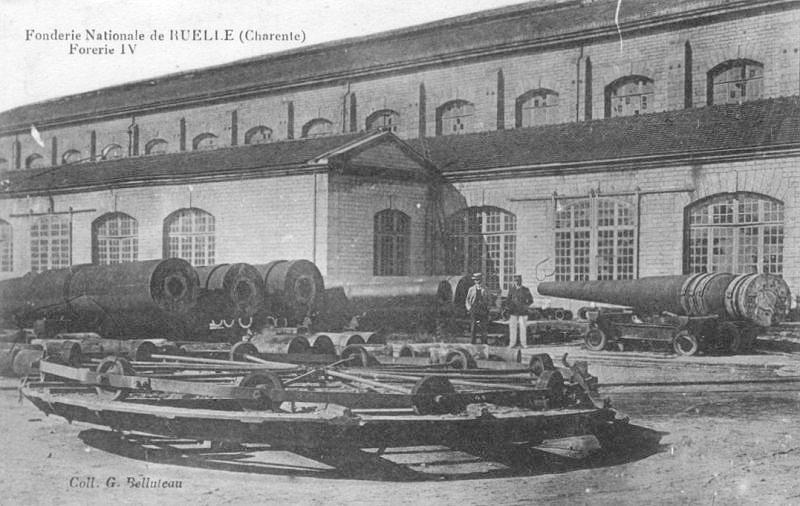
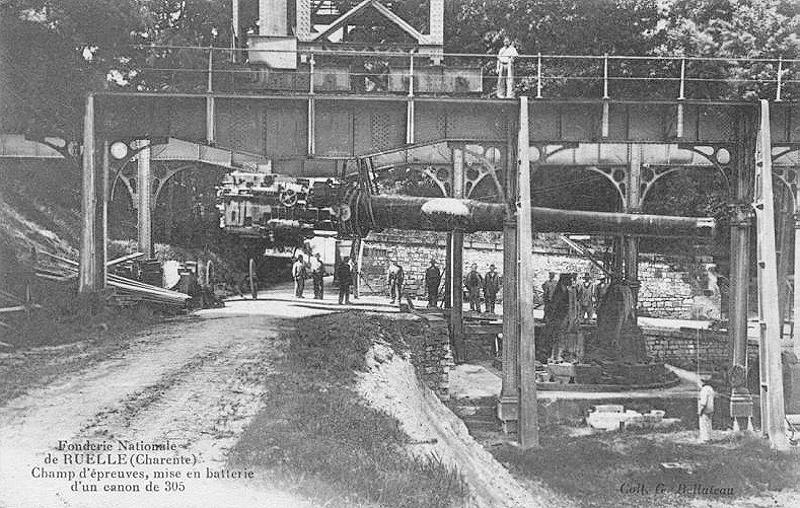

 E Mail if you have added information or pictures.
E Mail if you have added information or pictures.